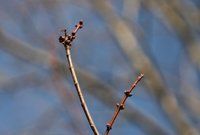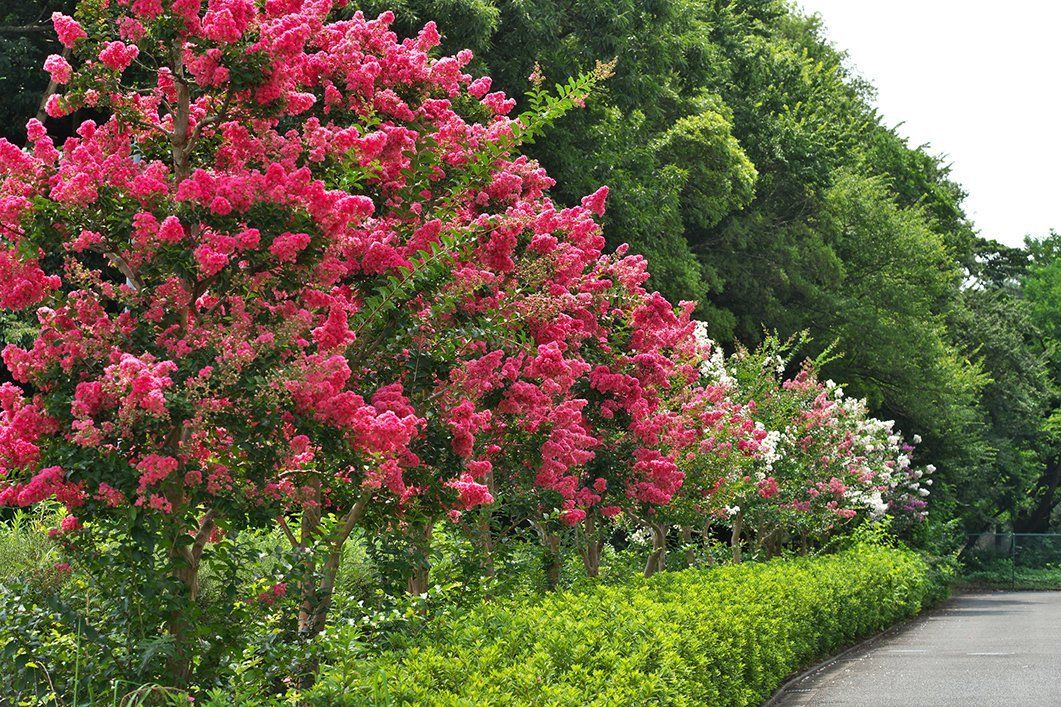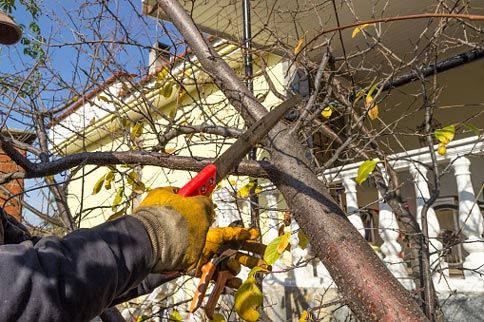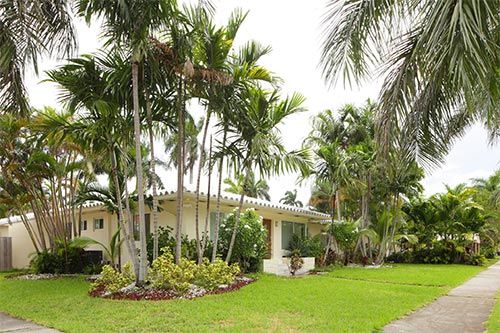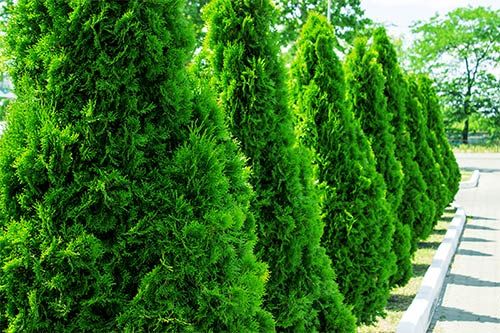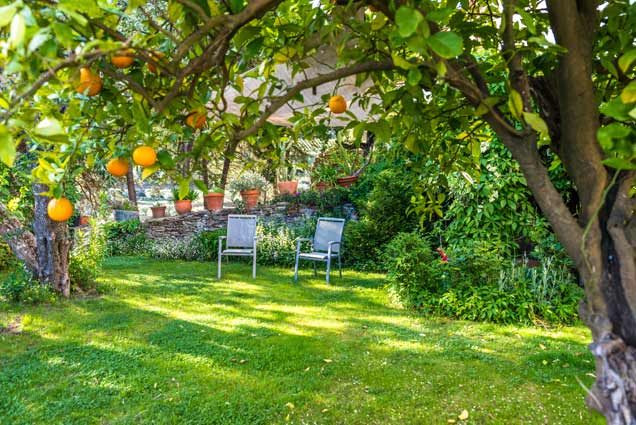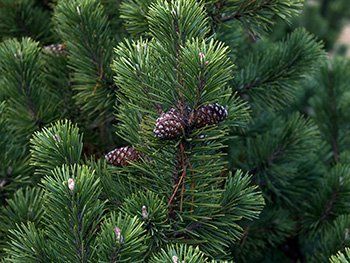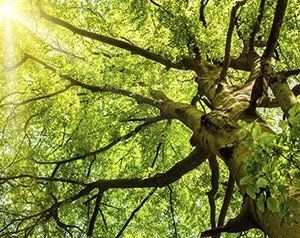Have you been driving down the street and feeling a bit jealous of your neighbors' flowering trees lately? Flowering trees add a gorgeous pop of color to any landscape, especially in the spring.
Have you been driving down the street and feeling a bit jealous of your neighbors' flowering trees lately? Flowering trees add a gorgeous pop of color to any landscape, especially in the spring. Luckily, there are many varieties of flowering trees that grow well in Florida. Add one or two to your yard, and you'll become the envy of the neighbors. Here are five of the flowering trees that are best suited to the Jackson area.
1. Tulip Tree
If you want a large flowering tree that really makes a statement, a tulip tree is a perfect choice. These trees mature to about 70 - 90 feet in height, so make sure you plant yours in an open area. Expect your tulip tree to grow about two feet per year, especially if you plant it in full sunlight and well-drained soil.
Tulip trees are named for their flowers, which are about 2 inches across, yellow in color, and nicely fragrant. The tulip-shaped blossoms cover the tree in May and June, attracting hummingbirds to your yard. Tulip trees have long, slender green leaves that turn yellow in the fall.
2. Saucer Magnolia
The saucer magnolia is a good choice if you're looking for a medium-sized tree that will really impress your neighbors. These trees only mature to about 25 feet tall, but you cannot miss their pink and white flowers, which can be as large as 10 inches across. The flowers appear early - sometimes as early as February - and remain on the tree for several months.
Saucer magnolia trees do require some pruning, especially when they are young, to ensure they retain their soft, round shape. Their bark is thin and easily damaged, so you must use caution when landscaping around the tree.
3. Japanese Flowering Cherry
Another medium-sized tree, the Japanese cherry matures to about 15 - 25 feet in height. As the name suggests, this tree is native to Japan, but it has become quite common in the southern U.S. It will tolerate partial shade, making it a good choice for planing alongside homes and fences.
Japanese flowering cherry trees have gorgeous, light pink blossoms that cover the tree in mid-spring. Most varieties do not, in fact, produce cherries, so you do not have to worry about cleaning up fallen fruits. These trees do, however, attract pests like leaf-mining moths and caterpillars, so you may wish to have yours sprayed with insecticides if you notice a lot of insects nearby.
4. Smoketree
If you're looking for a small, shrub-like tree for a garden bed, consider planting a smoketree. They mature to only 10 - 15 feet tall, can tolerate periods of drought, and will grow against a home in partial shade. Smoketrees have foliage with a purple hue, so even when they are not blooming, they add some color variety to your landscape.
The flowers of the smoketree are pink in color and show up in early summer after many other trees have stopped blooming. Occasional pruning will ensure your smoke tree maintains its shape.
5. Pink Dogwood
The pink dogwood is a great tree to plant in front yards and next to patios. It grows to about 25 feet tall, adding about two feet in height each year. Pink dogwood trees have dark green leaves that turn reddish purple in the fall, and as the name suggests, their flowers are pink.
Expect the tree to flower in April and produce glossy, red fruit in the fall. Pink dogwood trees are known to attract birds including cardinals and robins. The birds feed on the red berries.
Any of these trees is sure to be a beautiful addition to your Jackson landscape. Once your tree is planted, contact Big Ben's Tree Service for all of your trimming, fertilizing, and other tree care needs.

